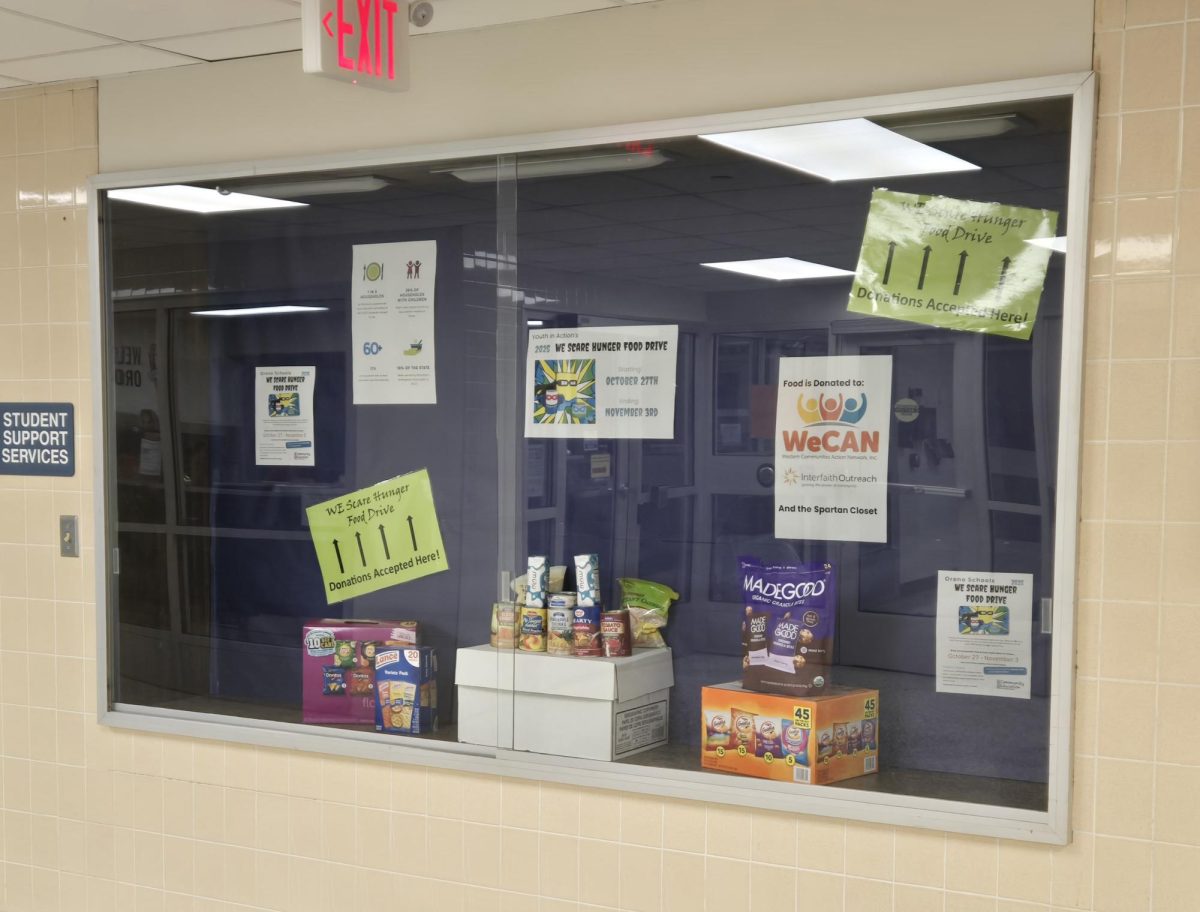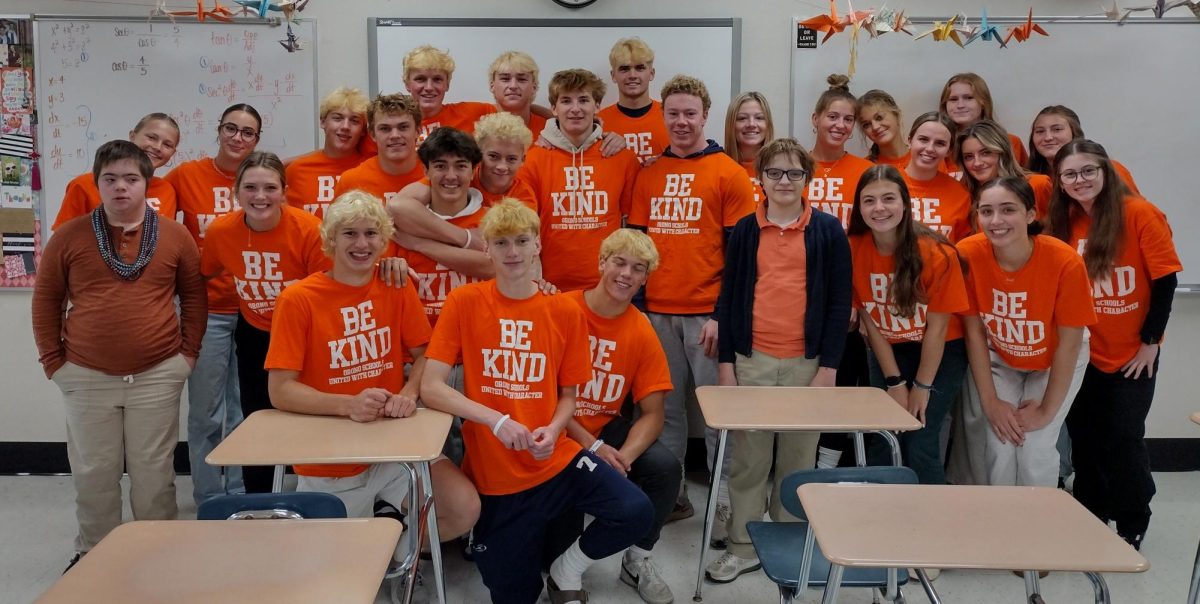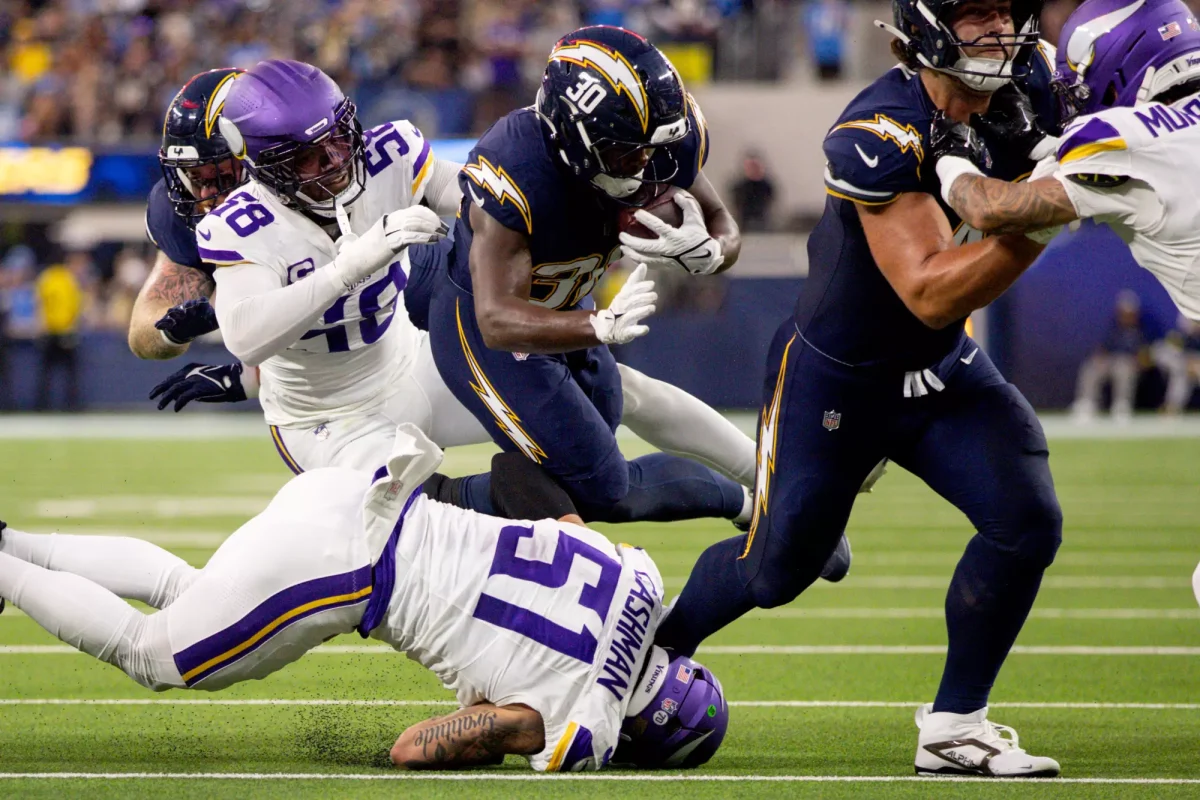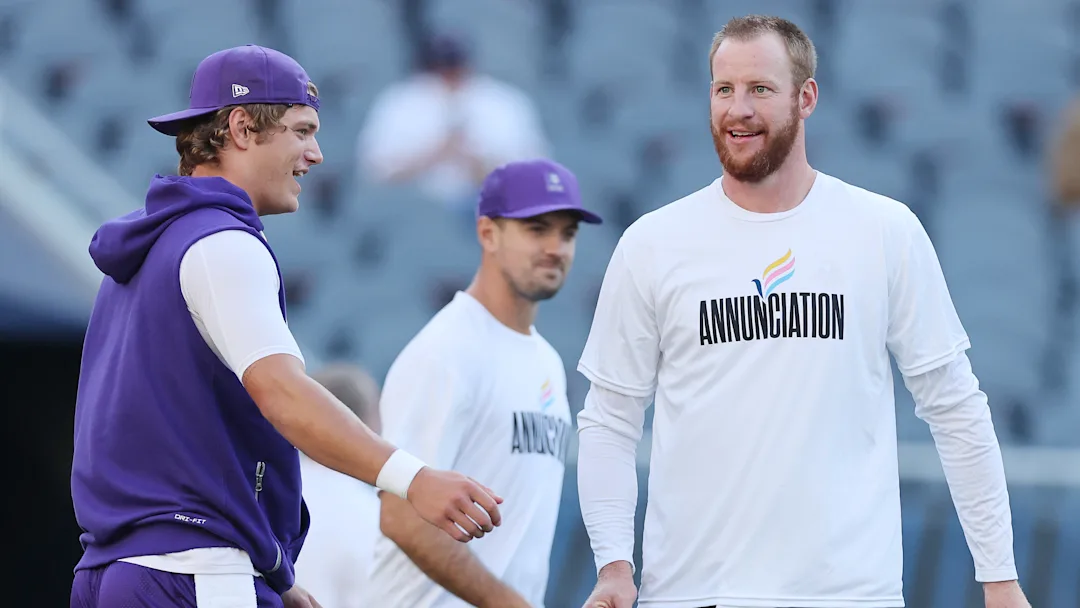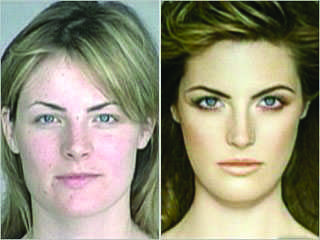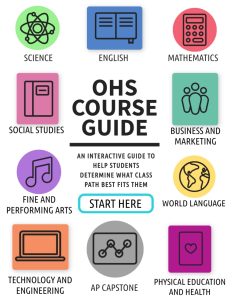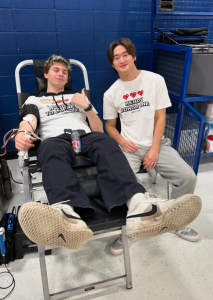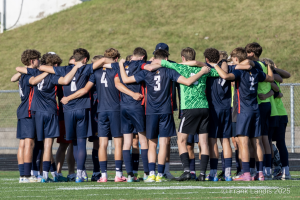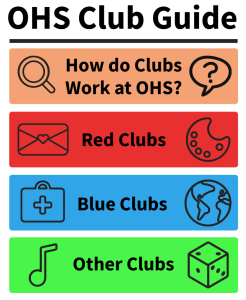Media impacts body image for teens (Is unique no longer in style?)
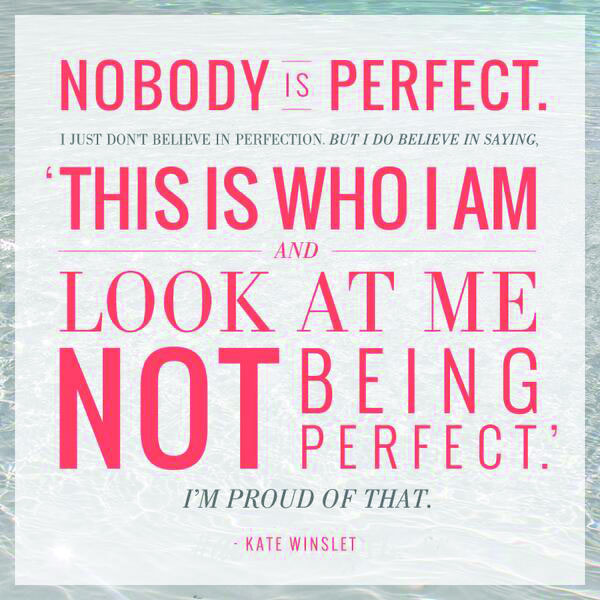
March 19, 2014
Every day the average American sees approximately 5,000 ads, whether it be on TV, in magazines, on billboards on the side of the highway, or on social media websites, ads are everywhere, according to the New York Times.
Of those seen in fashion magazines, “100 percent…are all retouched,” an anonymous professional retoucher said in an interview with Fashionista.
The “ideal” girl portrayed in these advertisements would have “big eyes, perfect skin, great hair, good butt, sizable boobs, curvy but skinny-somehow.., flat stomach and a thigh gap and a bikini bridge,” senior Hadley Patton said.
This “ideal” body that is portrayed by the media for women to attempt to conform to is only achievable naturally by five percent of women in America, according to the National Association of Anorexia Nervosa and other Associated Disorders.
Meanwhile the “ideal” look for a guy that conforms to society’s pressures would have a “six-pack, big arms, toned legs–like a Greek god would look,” senior Gunnar Olson said.
It’s no secret that seeing celebrities in advertisements conforming to these “ideal” bodies definitely affects teens.
“Even though we know [that] our common sense view is that the type of body depicted is not average, young minds can still be swayed, especially females, because there are definitely more girls thinking [that] if they don’t look like that, they will be judged as inadequate, which we know is not true,” AP Psychology teacher Andy Gagnon said.
Along with Gagnon, junior Parker Roth, senior Hadley Patton, senior Gunnar Olson, junior Suzie Johnson*, and senior Cindy Banks* all agree of the tremendous influence the media has on teens, both male and female, especially in today’s society.
“Girls are impacted more by the media with trying to look perfect all the time,” Olsen said about the impact level of the media on each gender. “For guys, it’s usually focused on the type of body you should have but for girls it’s everything about them: personality, body, hair, clothes, everything.”
In “our American culture, there’s a lot of pressure put on girls for appearance,” Gagnon said.
According to studies conducted by the National Eating Disorders Association (NEDA), eating disorders have been on the rise in past years. In the United States alone, 20 million women and 10 million men were reported to have diagnosed eating disorders in 2011, and that number just steadily grows with every year (NEDA).
Johnson and Banks are two students at Orono who were both diagnosed with a combination of anorexia-nervosa and bulimia.
Johnson’s eating disorder was a combination of “the media, my parents, and how my friends treated me early on,” Johnson said. “By altering images, the media creates a sense of how we are supposed to be, but it’s incredibly unrealistic in every way.”
Similarly, Banks said that her parents, specifically her mom, was the initiator for the idea to skip a meal which eventually lead to a diagnosed eating disorder. “My parents were a main contributor to my eating disorder. I had a lot of pressure from them to be perfect in every way and that included an ideal ‘perfect’ body which was set forth by the women who are idolized in magazines and set the standard of beauty for girls,” Banks said.
Luckily, not all celebrities and companies are willing to stand by and let society suffer. One of the most famous outspoken celebrities on the topic is Hunger Games star, Jennifer Lawrence.
In an interview with BBC in November 2013, Lawrence said, “Girls see enough of this body that we can’t imitate, that we’ll never be able to obtain.”
This is not the first time Lawrence spoke out about body image. In an interview with Marie Claire magazine, Lawrence encouraged girls to “look how you look, and be comfortable.”
Companies who are realizing the great affect their advertisements have on society include Dove and Aerie.
Back in 2004, Dove took a survey of women all over the world asking if they would describe themselves as beautiful as part of their The Real Truth About Beauty: A Global Report. Only 2 percent of women surveyed said yes.
From the 2004 reports Dove decided something had to be done about this, so in 2005, the company kicked off phase two of the plan: The Campaign for Real Beauty. With this campaign Dove featured six “real” women in their advertisements that embraced their curves and natural bodies.
In 2006 when Spain began regulating the models that walked their runways and banning any models that were overly thin, Dove released their Evolution video which portrayed the process of photoshopping in magazines. The process depicted a typical girl, putting her through hair and makeup then photographing her and showing the editing process that takes this already gorgeous girl and conforms her to what is visible on the cover of magazines.
Continuing on to 2007, the third phase of the campaign, called Beauty Comes of Age, began focusing on celebrating women who were aging, as an attempt to help shift the ideas of society to celebrate them, too.
2010 marked a huge foundational part of the Dove campaign. In association with The Girl Scouts of the USA, Girls Inc. and Boys & Girls clubs of America, Dove created mentorships for young girls as well as educational programs to discuss the importance of loving who you already are and not having to conform to something else to be accepted.
Seven years after the original statistics from The Real Truth About Beauty: A Global Report, the study was revisited in The Real Truth About Beauty: Revisited. This study found that of all the women surveyed, only four percent considered themselves beautiful. This number continues to rise as the Dove company progresses in their studies.
Aerie, a bra and underwear branch of American Eagle, launched #aerieREAL in winter 2014. The campaign states: “Dear Aerie Girls, We think it’s time for a change. We think it’s time to GET REAL and THINK REAL. We want every girl to feel good about who they are and what they look like, inside and out. This means NO MORE RETOUCHING OUR GIRLS AND NO MORE SUPERMODELS. Why? Because there is no reason to retouch beauty. We think THE REAL YOU IS SEXY xoxo Aerie.”
In a video found on the Aerie website, two of the models who took part in the #aerieREAL campaign were interviewed briefly.
One of the interviewed models said, “The world is full of strong girls, the world just needs more strong girls who stand up and share themselves with the world.”
*Pseudonyms have been used to protect student identities.

